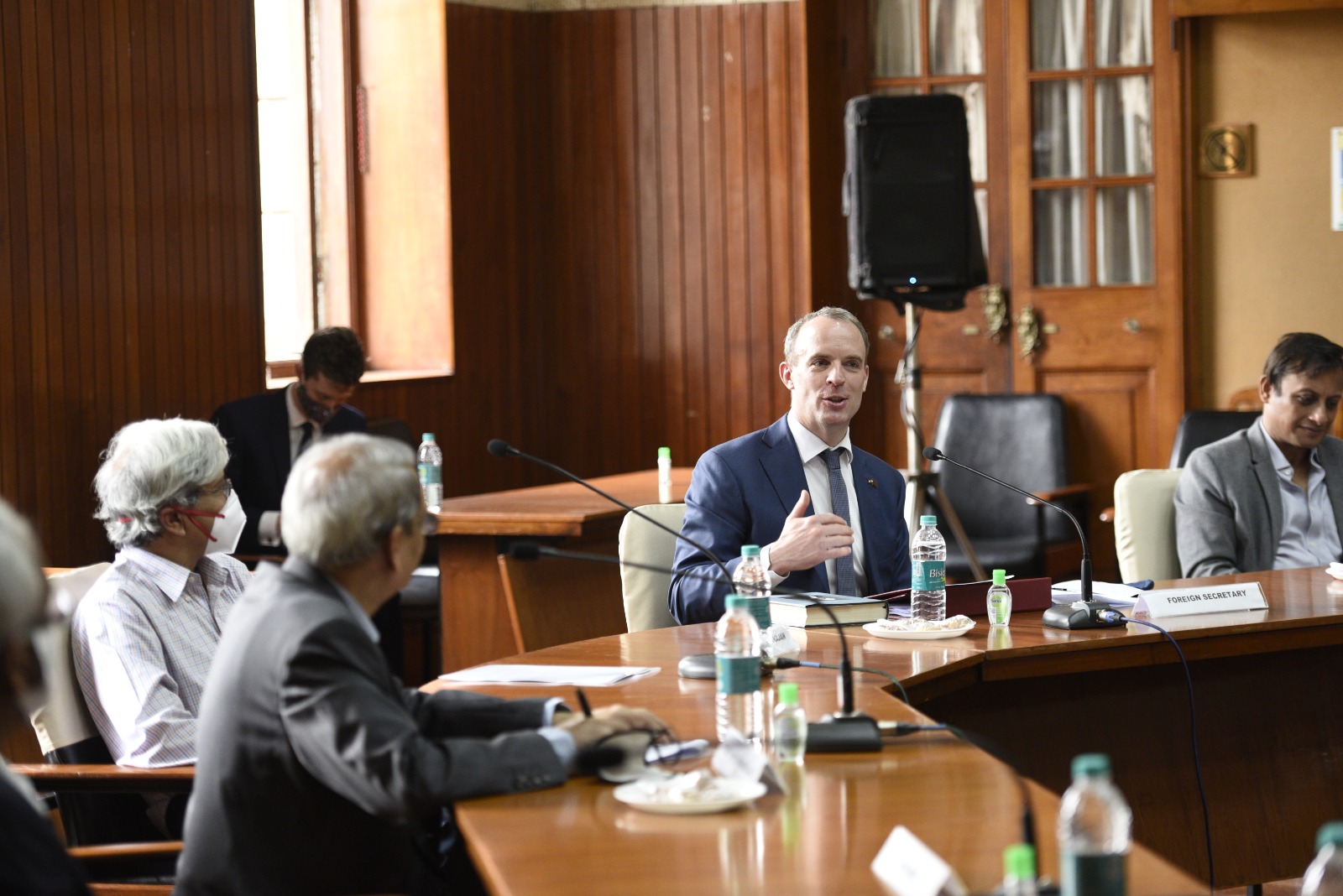The announcement was made by the SUNRISE project, led by Swansea University, during a showcase of British-Indian innovation attended by UK Foreign Secretary Dominic Raab, in front of an audience of potential collaborators and investors.
The Active Buildings concept has already been proven to work. The Active Office and Classroom, built on Swansea University’s campus, have already succeeded in generating more energy than they consume.
Now the model is to be extended to India. Getting clean, reliable energy is crucial in helping rural Indian communities to tackle poverty, ensure a clean water supply and develop economically.
The plans are being spearheaded by the SUNRISE network, a research collaboration led by Swansea University which unites several leading universities in the UK and India with industrial partners. SUNRISE aims to address global energy poverty through next-generation solar technologies. It recently won the Times Higher UK award for best international collaboration.
Solar Power for All – more about the SUNRISE network
Members of the SUNRISE team Professor Satish Patil (IISc, Bengaluru) and Mr Arunavo Mukerjee (Tata Cleantech Capital), outlined the plans – known as the OASIS programme – to an audience of Indian government representatives and investors.
It formed part of a presentation of sustainability projects featuring UK expertise during a visit to the Indian Institute of Science in Bengaluru by UK Foreign Secretary Dominic Raab on the 17th December 2020.
The team would use a prefabricated building as the shell and then fit it out with technologies like integrated solar panels and batteries for energy storage, which allow it to function as an active building.
The first OASIS building is to be constructed in a village in the Indian state of Maharashtra. Others will follow if collaborators and investors can be found to back the scheme.
British Deputy High Commissioner to Karnataka and Kerala, Jeremy Pilmore-Bedford, said:
“The UK, as host of this year’s COP26 conference, is leading the world with our extremely ambitious carbon reduction commitments. Both the UK and India have ambitious targets to deploy renewable energy including solar and wind power.
The SUNRISE project is yet another brilliant example of the thriving UK-India partnership to promote clean energy and sustainable development. It also underlines the strong and growing research and innovation partnership between the two countries that benefits people in the UK and India, as well as around the world.”
Professor Dave Worsley of Swansea University, Principal Investigator of the SUNRISE team, said:
“We have already shown that the Active Buildings concept works – now we want to demonstrate how it could work for communities in India, and then potentially in other countries too. SUNRISE is built on UK-Indian expert collaboration, but to turn our plans into reality we also need the support of Indian investors and collaborators.
A reliable clean energy supply is the bedrock of sustainable development. It helps provide effective sanitation and clean water. It can also boost the productivity of local agriculture, create new opportunities for entrepreneurship, and improve connectivity between communities and businesses.”
Dr Martin Brunnock, Director of Strip Products UK for Tata Steel, which is a partner in the SUNRISE project added:
“The Indian government has a very ambitious energy strategy, with solar at its heart. The OASIS programme can help deliver this, by providing clean renewable energy to communities without vast investment in grid infrastructure.”

